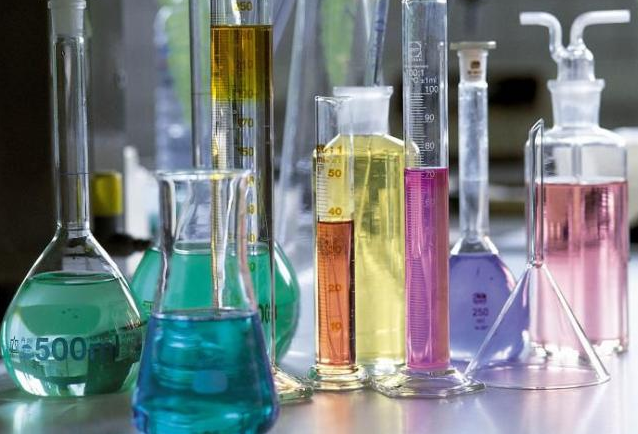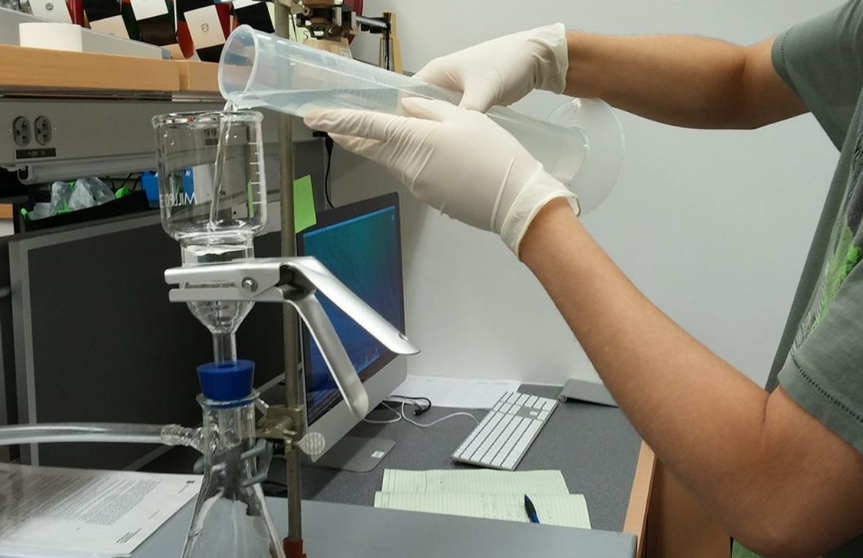Natural water bodies will produce turbidity when they are polluted. Therefore, the parameters of suspended solids in the detection of surface water, groundwater, domestic sewage and industrial wastewater can reflect the degree of water pollution. There are many methods for detecting suspended solids in water bodies in daily life. Among them, there are two commonly used methods: spectrophotometry and gravimetric analysis. Spectrophotometry has the advantages of simple operation and quick detection, but it requires the help of a professional water quality detector, which is generally more suitable for Outdoor water quality testing or non-professional operations, and gravimetric analysis, although the operation is complicated, does not require the use of professional water quality detectors, low testing costs and suitable for professional laboratories.
Sample collection of suspended solids in water
When collecting suspended solids water samples, the polyethylene bottles or hard glass bottles used should be cleaned with detergent, and then rinsed with tap water and purified water in turn, and then washed three times with water samples at the collection point. After that, the detection and analysis should be carried out as soon as possible. If storage is required, it should be placed in a refrigerator at about 4 degrees for no more than 7 days.
Instruments needed for gravimetric analysis of suspended solids
1. Distilled water or water of equivalent purity
2. All-glass microporous membrane filter
3. The filter membrane with a pore size of 0.45μm and a diameter of 45-60mm
4. Suction filter bottle, vacuum pump
5. Flat-nose tweezers without teeth
6. Weighing bottles with an inner diameter of 30-50mm

Steps of gravimetric analysis
1. Use flat-nosed toothless tweezers to clamp the microporous filter membrane and place it in a weighing bottle with a constant weight in advance, move it into an oven to dry at 103-105°C, take it out after half an hour and place it in a desiccator to cool to room temperature, then weigh Its weight. Repeat drying, cooling, and weighing until the weight difference between the two weighings is ≤0.2mg. Place the constant-weight microporous membrane on the membrane tray of the membrane filter, cover the matching funnel, and fix it with a clamp. Moisten the filter membrane with distilled water and filter continuously.
2. Measure 100ml, mix well and test sample evenly, and then suction and filter. All the water passes through the filter membrane. Then wash with 10mL of distilled water each time for three consecutive times, and continue to suction filtration to remove trace water. After the suction filtration is stopped, carefully take out the filter membrane with suspended solids and place it in the original constant weight weighing bottle, move it into an oven and dry it at 103-105°C for one hour, then move it into a desiccator, let it cool to room temperature, and weigh it. Weight, repeat drying, cooling, and weighing until the difference in weight between the two weighings is less than or equal to 0.4mg. 3. Suspended matter content C (mg/L) is calculated as follows: C=(A-B)×106/V
Where
C-Suspended solids concentration in water (mg/L);
A-suspended matter + filter membrane + weighing bottle weight (g);
B-filter membrane + weighing bottle weight (g);
V—sample volume (mL).

Points to note in gravimetric analysis
1. The uneven solid matter floating or submerged during sampling is not a suspended matter and should be removed from the water sample.
2. Do not add any protective agent during storage to prevent damage to the distribution balance between solid and liquid
3. Excessive suspended solids trapped on the filter membrane may entrain too much moisture. In addition to prolonging the drying time, it may also cause filtration difficulties. In this case, take less samples as appropriate. Too little suspended matter on the filter membrane will increase the weighing error and affect the detection accuracy of suspended matter. If necessary, the sample volume can be increased. Generally, 5-10mg of suspended matter is used as the applicable range for measuring the sample volume.



